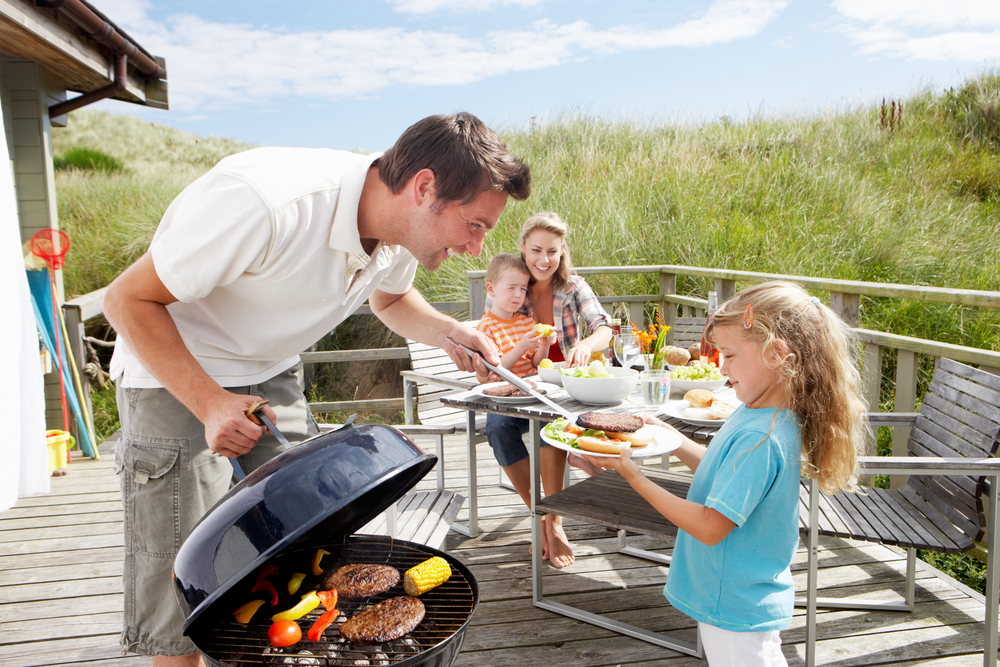Travel Safety Tips: When to Trust Your Food Abroad
Nothing quite gets an appetite going like a 12-hour flight followed by customs. It’s important to remember however, no matter where you find yourself, that your stomach is a delicate organ and should be treated accordingly. Foreign water, foreign spices, foreign food – they can all take a toll on the body and cut your trip disappointingly short. So whether you’re off to Egypt or Cancun, Bangalore or Jakarta, here’s a three-step checklist to keep you in shape and your travel plans in place.
 1. The Provider
1. The Provider
Knowing where your food comes from is perhaps the most important part of staying healthy while abroad. There’s a difference between street-food kebabs and restaurant entrees, for example. There’s a diferance between on-the-corner curry and a reputable chain. If you’re worried that you’ll find yourself travel-sick, it’s best to stick to known brands and big names. Failing that, any establishment with a clean outlook and a good online reputation is a safe bet. If, for example, you are traveling to India, you can download an app like Eatigo where they suggest the best food places near you. You can even discover restaurant deals in Bangalore and pay a discounted price on your total bill.
One thing you can do is make yourself the provider, to a certain extent – cook as much as possible in your hostel or hotel, get your drinking water from a fresh or bottled source and buy savoury foods that are unlikely to give you any trouble. Nuts are a great touring snack, for example. Potato chips are rarely a bad choice. The basic rule is: use your common sense. Your body is trained to sniff out potentially dangerous edibles, and if it’s giving you warning signs then it’s generally a good idea to listen.
2. The Ingredients
Chicken, pork, shellfish. There are certain foods and certain meats in particular that are, quite simply, more dangerous than others, and you’d be wise to avoid them when possible. Obviously there are occasions when they’re safe, and it’s up to you to judge when exactly that is, but if it’s a toss up between the vegetable dinner or the fish stock, the former might be best.
The quality of ingredients is important too. We mentioned Tokyo earlier on – if you find yourself at a sushi bar for lunch, chances are their cuts and slabs of salmon are high grade and perfectly safe. Contrastingly, a blood rare steak from a cheap diner in NYC is somewhat riskier for your belly. If possible, try and find out whether your ingredients have been washed in tap or separate water, too. One of the most common causes of travel sickness is a difference in water filtration between countries, so, where possible, always clean your fresh stuff with a bottle or two.
3. Quantity
Last but not least, quantity. Sometimes there’s simply no helping it: you’re hiking in the middle of nowhere, you don’t speak the language very well and your stomachs growling for a good hot meal. You might not know what’s in it, who made it or how long ago, but you’re going to gulp it down anyway. And you probably should! Staying fully charged and up to scratch while travelling is important. Just be prepared for potential issues, and don’t eat an overly large amount.
Given time, most bodies will adjust to foreign cuisines and styles. There are, however, almost always a few bumps along the way!
=======================================================













 Hi! I'm Lash, an American nomadic world traveler who's been traveling solo since 1998. I’m passionate about traveling the world nomadically and then sharing it all with you. I hope to inspire you to travel the world, to entertain you with tales from the road, and to help you reach your travel dreams. Welcome!
Hi! I'm Lash, an American nomadic world traveler who's been traveling solo since 1998. I’m passionate about traveling the world nomadically and then sharing it all with you. I hope to inspire you to travel the world, to entertain you with tales from the road, and to help you reach your travel dreams. Welcome! 



